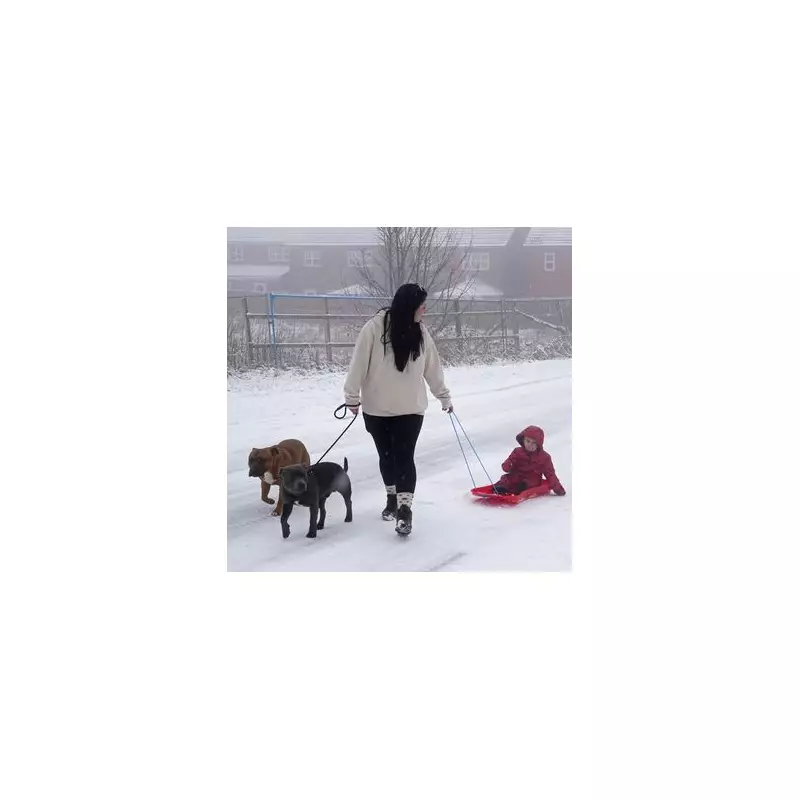
Brits are dreaming of a white Christmas, and a leading weather expert has now identified the 13 UK cities with the highest probability of seeing festive snowfall. This comes as the UK experiences an early taste of winter, with temperatures predicted to plummet to a bitter -11°C this week and snow already forecast for parts of the country.
Which UK Cities Could See A White Christmas?
According to senior meteorologist Jim Dale, the likelihood of snow on December 25th naturally increases as we move deeper into the winter season. "It needs to be cold enough for long enough," he explained, adding that "as we get further into the season, everything is getting colder." The general rule is that the more northerly the location, the greater its chance of a picturesque Christmas Day.
Mr Dale named a clear list of front-runners: "The favourite big city tends to be Inverness, followed by Stirling, Perth, Glasgow, Edinburgh, Belfast, Carlisle, Newcastle and Lancaster." Further south, he indicated that York, Leeds, Manchester, and Sheffield are also strong contenders for festive flurries.
What Are The Official Odds?
The Met Office's statistical analysis supports this northern bias. They report that western Scotland holds the greatest chance of a White Christmas at 26.7%. Wales follows with a 20% likelihood, while the north west, southern, and south west England all have a 13.3% probability. The Midlands faces more modest odds of just 6.7%.
Could Snow Reach The South?
There is a glimmer of hope for those in southern England. Jim Dale noted that if weather patterns shift, there is a "great chance" of snow reaching areas like Kent, London, and East Anglia under a "more easterly" flow of cold air. However, he was quick to temper expectations, confirming that the northern cities he listed remain the firm favourites.
It's also a common misconception that sub-zero temperatures are required for snow. The Met Office clarifies that "the heaviest snowfalls tend to occur when the air temperature is between 0°C and 2°C." When it's warmer than 2°C, snow will melt and fall as sleet or rain.
The prospect of a white Christmas has become rarer over time. The Met Office attributes this to climate change, which has brought higher average temperatures over both land and sea. They also note that white Christmases were more frequent in the 18th and 19th centuries.





